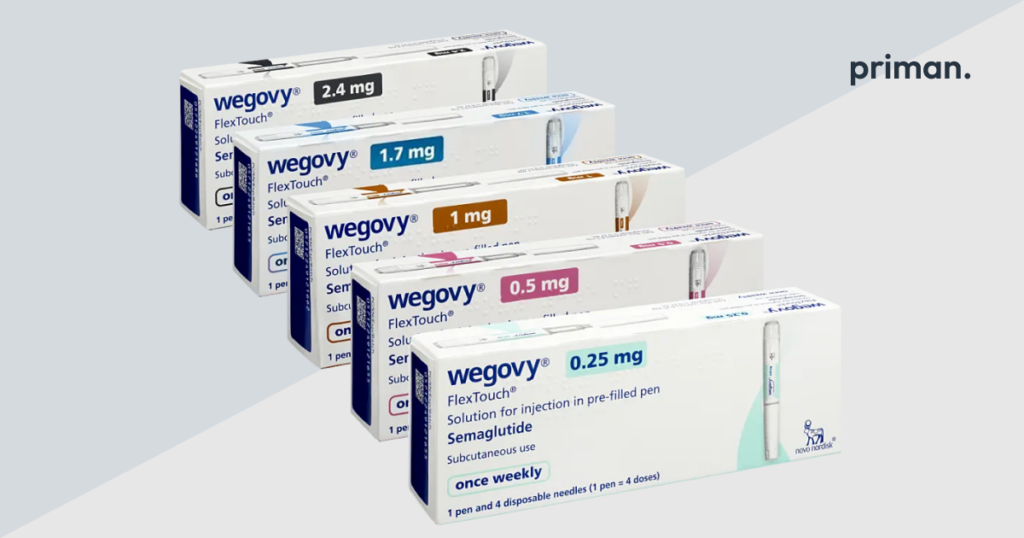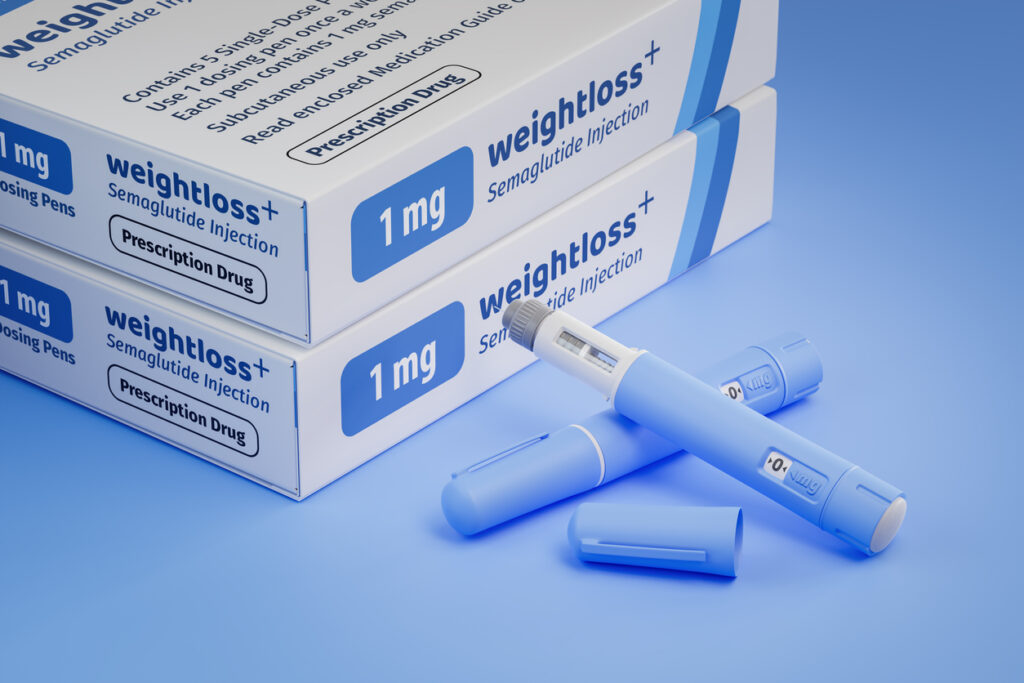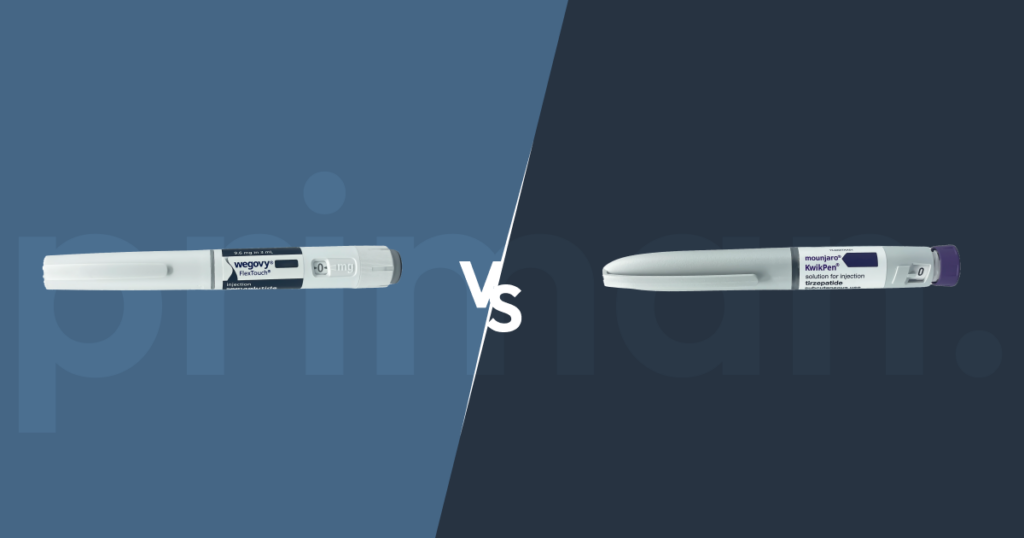For many in the UK, weight management is a constant battle. We all know the importance of a healthy diet and exercise, but sometimes our bodies seem to have a mind of their own. That’s where glucagon-like peptide-1 (GLP-1) comes in – a fascinating gut hormone that plays a key role in regulating appetite and promoting feelings of fullness.
So, how exactly does it work’s? Let’s delve into the science behind this appetite regulator and explore its potential impact on weight management.
The GLP-1 Story
It is a naturally occurring hormone produced in the gut by L cells, located in the small intestine. When we eat, these L cells release GLP-1 in response to the presence of food. GLP-1 then goes on a two-pronged mission to regulate appetite:
- Slowing Down Digestion: One of the primary action is to slow down the emptying of your stomach. This means you feel fuller for longer, reducing the urge to snack or overeat.
- Talking to the Brain: It doesn’t just work in the gut; it also communicates with the brain regions responsible for hunger and satiety. By binding to GLP-1 receptors in the hypothalamus and brainstem, GLP-1 signals feelings of fullness and satisfaction, helping you curb your appetite.
GLP-1’s role goes beyond
GLP-1’s role goes beyond just appetite control. It also plays a crucial part in blood sugar regulation. Here’s how:
- Boosting Insulin: It stimulates the pancreas to release insulin, the hormone responsible for ushering glucose (sugar) from the bloodstream into your cells. This helps maintain healthy blood sugar levels, particularly beneficial for those with type 2 diabetes.
- Reducing Glucagon: Conversely, GLP-1 suppresses the release of glucagon, a hormone that raises blood sugar levels. This double action helps keep blood sugar in check.
The appetite-suppressing and blood sugar-regulating properties of GLP-1 have exciting implications for weight management. Studies have shown that GLP-1 receptor agonists (drugs that mimic it’s effects) can be effective in promoting weight loss and improving glycemic control in individuals with obesity or type 2 diabetes.
GLP-1 Landscape in the UK
The National Institute for Health and Care Excellence (NICE) recognizes the potential of GLP-1 receptor agonists for weight management in specific patient groups within the UK healthcare system. These medications are typically prescribed alongside lifestyle changes such as a healthy diet and exercise for individuals with a body mass index (BMI) of 35 or above or those with a BMI of 30 to 34.5 who also have weight-related health conditions like type 2 diabetes.
GLP-1 Medication
GLP-1 receptor agonists (GLP-1 RAs), also known as incretin mimetics, are a new class of medications generating excitement for weight management in the UK. These injectable drugs mimic a natural gut hormone, GLP-1, which helps regulate blood sugar and appetite.
Several GLP-1 RAs are available in the UK, including:
- Wegovy (semaglutide): Approved for weight loss, Wegovy is a once-weekly injection that studies show can lead to an average of up to 15% body weight reduction.
- Saxenda (liraglutide): Approved for weight management alongside diet and exercise, Saxenda is another injectable GLP-1 RA that can promote satiety and reduce calorie intake.
- Mounjaro (tirzepatide): Mounjaro is showing promise in clinical trials, with studies suggesting even greater weight loss than Wegovy.
- Ozempic (semaglutide): Primarily used for type 2 diabetes, Ozempic may also be prescribed off-label for weight management by some healthcare professionals.
It’s important to note that GLP-1 RAs are not magic bullets. They work best alongside a healthy diet and exercise plan. There can also be side effects, such as nausea and indigestion, which usually subside over time.
Important Note
While GLP-1 receptor agonists offer promising results for weight management, they are not a magic bullet. Consulting a healthcare professional is crucial to determine if these medications are suitable for you and to develop a comprehensive weight management plan.
The Future of GLP-1 Research
Research is ongoing, with scientists exploring its potential benefits beyond weight management and diabetes control. Study results show the possible role of GLP-1 in other conditions like cardiovascular disease, non-alcoholic fatty liver disease, and even Alzheimer’s disease.
To know more about GLP Medication & Cardiovascular research finding,
Read:- https://www.priman.co/weight-loss-jab-reduces-heart-attack-risk/
References
- Aldawsari, M. et al. (2023) “The efficacy of GLP-1 analogues on appetite parameters, gastric emptying, food preference and taste among adults with obesity: Systematic review of randomised controlled trials,” Diabetes, metabolic syndrome and obesity: targets and therapy, 16, pp. 575–595. doi: 10.2147/dmso.s387116.
- Examining Off-Label Prescribing of Ozempic for Weight-Loss (2023) Researchgate.net. Available at: https://www.researchgate.net/publication/371339511_Examining_Off-Label_Prescribing_of_Ozempic_for_Weight-Loss.
- Gettman, L. (2023) “New drug: Tirzepatide (mounjaroTM),” The Senior care pharmacist, 38(2), pp. 50–62. doi: 10.4140/tcp.n.2023.50.
- GLP-1 analogues (2017) Diabetes UK. Available at: https://www.diabetes.org.uk/guide-to-diabetes/managing-your-diabetes/treating-your-diabetes/tablets-and-medication/incretin-mimetics.
- Honigberg, M. C. et al. (2020) “Use of glucagon-like peptide-1 receptor agonists in patients with type 2 diabetes and cardiovascular disease: A review,” JAMA cardiology, 5(10), p. 1182. doi: 10.1001/jamacardio.2020.1966.
- Knight, H. (2022) NICE recommends new drug for people living with obesity. Available at: https://www.nice.org.uk/news/article/nice-recommends-new-drug-for-people-living-with-obesity.
- Miles, K. E. and Kerr, J. L. (2018) “Semaglutide for the treatment of type 2 diabetes mellitus,” The Journal of pharmacy technology: jPT: official publication of the Association of Pharmacy Technicians, 34(6), pp. 281–289. doi: 10.1177/8755122518790925.
- Mounjaro KwikPen 10mg solution for injection in pre-filled pen – Summary of Product Characteristics (SmPC) – (emc) (no date) Org.uk. Available at: https://www.medicines.org.uk/emc/product/15484/smpc.
- Overview | Weight management: lifestyle services for overweight or obese adults | Guidance | NICE” (2014). Available at: https://www.nice.org.uk/guidance/ph5.
- Saxenda 6 mg/mL solution for injection in pre-filled pen – Summary of Product Characteristics (SmPC) – (emc) (no date) Org.uk. Available at: https://www.medicines.org.uk/emc/product/2313/smpc.
- Semaglutide for managing overweight and obesity (2023) Org.uk. Available at: https://www.nice.org.uk/guidance/ta875/resources/semaglutide-for-managing-overweight-and-obesity-pdf-82613674831813.
- van Bloemendaal, L. et al. (2014) “Effects of glucagon-like peptide 1 on appetite and body weight: focus on the CNS,” The journal of endocrinology, 221(1), pp. T1–T16. doi: 10.1530/joe-13-0414.









